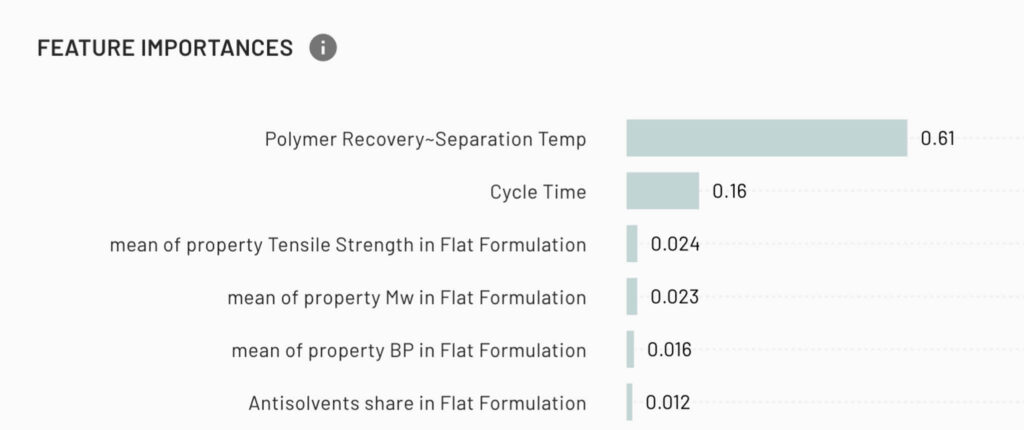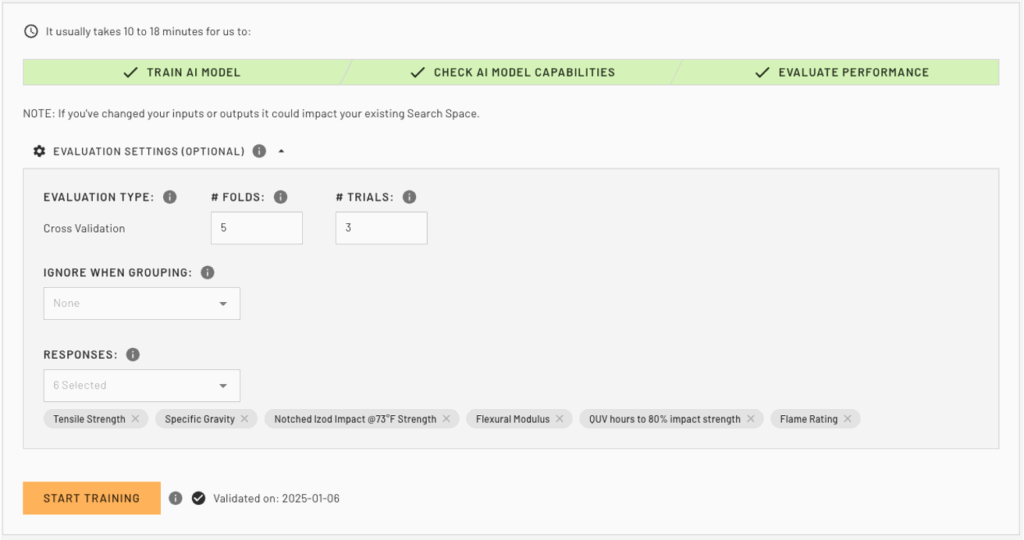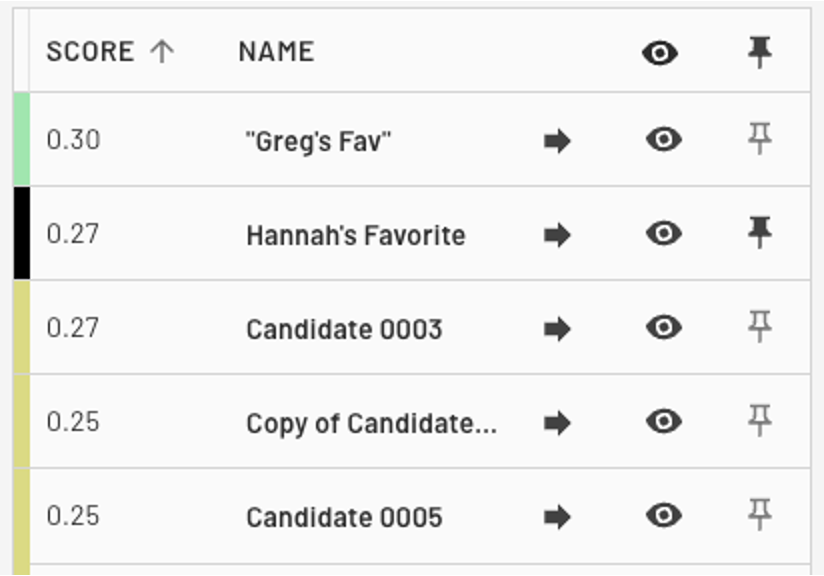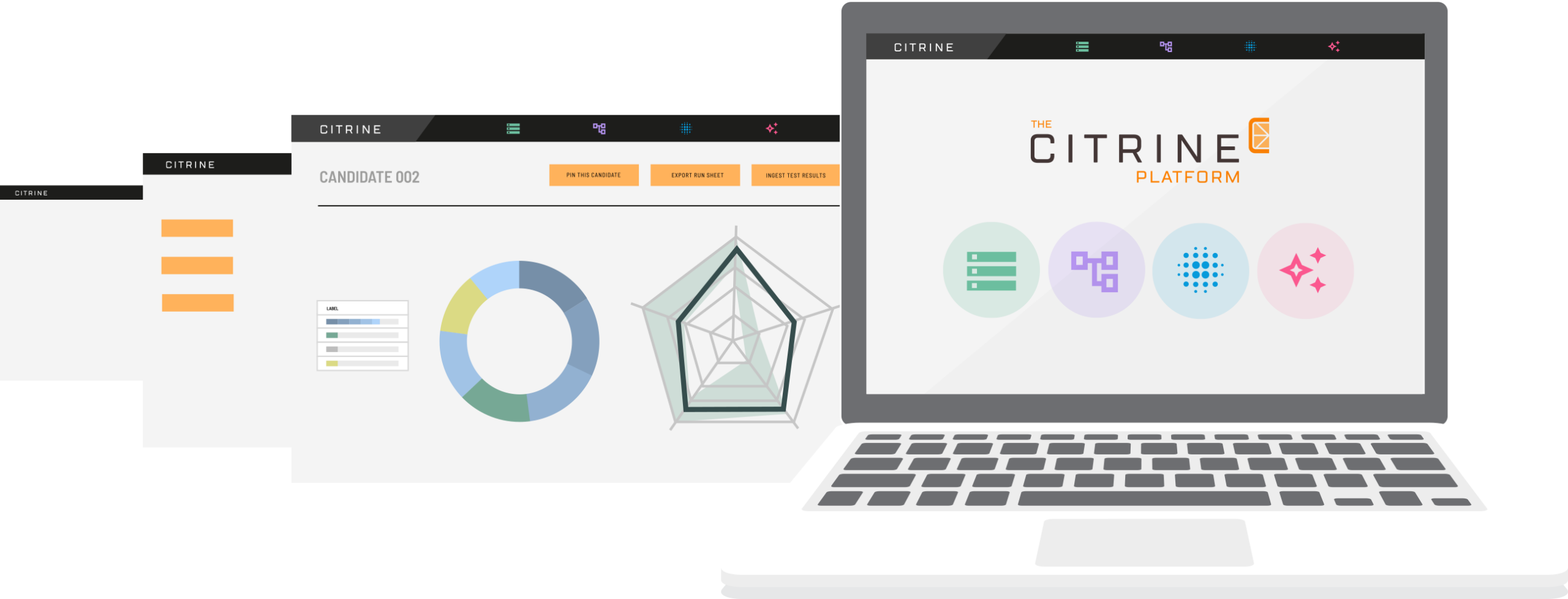The AI Revolution in Scientific R&D Is Already Here
Artificial intelligence is already transforming scientific discovery across the hard sciences. In materials science, AI tools can predict material properties prior to synthesis, dramatically accelerating development timelines and reducing costs. Specialty chemicals manufacturers are leveraging AI to reformulate products like industrial coatings, forecasting performance characteristics like adhesion and corrosion resistance from raw material compositions and processing parameters.
At a major chemical company, scientists using the Citrine Platform reformulated an adhesive product to eliminate harmful PFAS chemicals while maintaining performance and accomplishing this in less than half the usual time to market. This isn’t a marginal improvement. It represents a new paradigm in how innovation happens. Read our case studies for more examples.
Despite the promise, AI adoption in scientific domains faces resistance. In contrast to consumer apps, where user frustration is a minor inconvenience, friction in scientific workflows can derail high-stakes, multimillion-dollar R&D initiatives. At Citrine, we’ve internalized these lessons through years of iteration. Our platform is purpose-built to integrate seamlessly into scientific workflows amplifying, not disrupting, the way scientists work.
UX Design Is a Strategic Lever for Scientific AI Adoption
In scientific software, UX design is a foundational enabler of adoption and trust. Scientists operate in high-cognition environments filled with complexity, ambiguity, and nuance. Poorly designed tools don’t just slow them down; they break the chain of discovery.
Our approach at Citrine begins with reducing cognitive burden. We present AI insights in easily consumable formats. Here feature importance, a measure of how important an input is to predicting an output property, helps users understand not just what the model recommends, but why.

While our Catalyst Insights demystifies model results, identifies relevant physical or chemical relationships, and suggests next steps for the user in their workflow.

Scientists’ workflows can be highly specific and ingrained, due to a combination of factors such as customized testing procedures and adherence to rigorous scientific methodologies. AI solutions that demand wholesale workflow changes face immediate resistance. Tools must integrate with existing workflows.
Our on-platform guided workflows mirror the scientific method. They aid product experts in editing and reviewing AI models, pointing them in the right direction to look at a promising search space, and reviewing materials recommendations with explicit uncertainty estimates.

Simplicity in UX is crucial, but not at the expense of flexibility. Advanced users can tailor models and data inputs, while new users can follow a clear, logical path to insights.


Finally, we understand that science is collaborative by nature, and our design reflects that. Shared workspaces, contextual commenting, and shared models ensure teams stay aligned, even across disciplines.


Every design decision is grounded in our domain fluency, from terminology and units to the visual representation of composition–property–processing relationships. The outcome is greater trust in AI outputs and more time spent on meaningful scientific work.
This balance of guidance, transparency, and cognitive efficiency makes the Citrine Platform not just usable, but invaluable. Scientists can focus on discovery, not deciphering interfaces.
Building the Future of Scientific Discovery
AI is reshaping the future of scientific innovation. But its impact hinges on whether researchers can actually use the tools at their disposal.
Organizations that treat UX as a strategic lever will lead this transformation. By designing software that speaks the language of science, integrates seamlessly with real workflows, and illuminates rather than obscures complex insights, we empower scientists to move faster, think bigger, and innovate more boldly.
“The next leap in science won’t come from AI alone, it will come from how well it’s designed for the people who use it.”
— Florencia Paredes, Head of Product, Citrine Informatics
